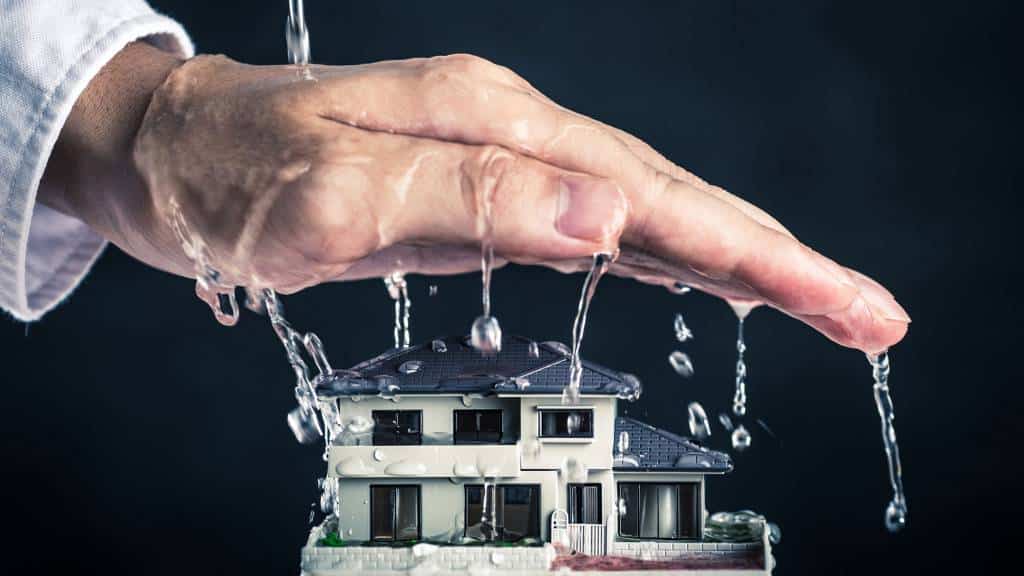Learning About What Leads To Water Seepage Occur So Often at Home
Learning About What Leads To Water Seepage Occur So Often at Home
Blog Article
What are your opinions on Common Water Leaks In House?

Leakages not just trigger waste of water yet can also create unneeded damages to your home and promote undesirable natural development. Unfortunately, water leaks might go undetected considering that most of the pipework in our home is hidden. By understanding as well as looking for day-to-day situations that cause leakages, you can secure your home from future leakages as well as unnecessary damage. Today, we will consider six leak creates that might be triggering your pipes to leak.
Elbowing in origins
The majority of water leaks start outside the home instead than inside it. You might discover damp patches or sinkholes in your lawn, and that might indicate that tree origins are attacking water lines creating water to permeate out.
Corroded water systems
This might be the reason of staining or warping on your water pipelines. If our plumbing system is old, take into consideration replacing the pipelines because they are at a greater threat of deterioration than the newer designs.
Faulty Pipeline Joints
The factor at which your pipelines connect is regularly the weakest web link in the waterline. Pipeline joints can degrade in time, leading to water leaks. Sadly, most of pipe joints are not conveniently noticeable. If you have noisy pipes that make ticking or banging noises, especially when the hot water is switched on, your pipeline joints are possibly under a great deal of pressure. It is recommended to have your plumber check your system once a year.
Instant temperature level modifications.
Severe temperature level modifications in our pipelines can create them to increase and get unexpectedly. This growth and also contraction might cause fractures in the pipelines, specifically if the temperature level are below freezing. It would be best if you watched on just how your plumbing functions. The existence of the formerly mentioned scenarios often shows a high threat.
Poor Water Connectors
At times, a leak can be created by loose hoses and pipes that provide your appliances. In situation of a water links leak, you might discover water running directly from the supply line or pools around your home appliances.
Blocked Drains
Clogged drains pipes might be annoying as well as inconveniencing, however they can often wind up triggering an overflow causing burst pipes. Maintain getting rid of any kind of products that might drop your drains that might block them to avoid such troubles.
All the above are sources of leakages but not all water leakages result from plumbing leakages; some leakages might come from roofing system leaks. All leakages ought to be repaired immediately to stay clear of water damage.
Leakages not only trigger waste of water yet can additionally cause unneeded damages to your home as well as promote undesirable natural growth. By comprehending and also looking for everyday circumstances that create leakages, you can shield your residence from future leaks and unneeded damages. Today, we will look at six leak creates that may be triggering your pipelines to trickle.
At times, a leakage can be triggered by loose hose pipes as well as pipes that provide your devices. In situation of a water connections leakage, you may see water running straight from the supply line or pools around your devices.
How To Check For Water Leak In Your Home
How To Check for Leaks
The average household's leaks can account for nearly 10,000 gallons of water wasted every year and ten percent of homes have leaks that waste 90 gallons or more per day. Common types of leaks found in the home are worn toilet flappers, dripping faucets, and other leaking valves. These types of leaks are often easy to fix, requiring only a few tools and hardware that can pay for themselves in water savings. Fixing easily corrected household water leaks can save homeowners about 10 percent on their water bills.
To check for leaks in your home, you first need to determine whether you're wasting water and then identify the source of the leak. Here are some tips for finding leaks:
Take a look at your water usage during a colder month, such as January or February. If a family of four exceeds 12,000 gallons per month, there are serious leaks.
Check your water meter before and after a two-hour period when no water is being used. If the meter changes at all, you probably have a leak.
Identify toilet leaks by placing a drop of food coloring in the toilet tank. If any color shows up in the bowl after 10 minutes, you have a leak. (Be sure to flush immediately after the experiment to avoid staining the tank.)
Examine faucet gaskets and pipe fittings for any water on the outside of the pipe to check for surface leaks.
Undetected water leaks can happen without the home or business owner even realizing. If you suspect a water leak, but not able to find the source. It is time to contact a professional water leak detection service, The Leak Doctor.
How To Find a Water Leak In Your Home
https://www.leakdoctor.com/blog/How-To-Check-For-Water-Leak-In-Your-Home_AE197.html

As a serious reader about How to Find Water Leaks, I think sharing that excerpt was necessary. For those who appreciated our blog posting plz make sure you remember to share it. I love reading our article about Common Water Leaks In House.
Prioritize your plumbing; call us. Report this page